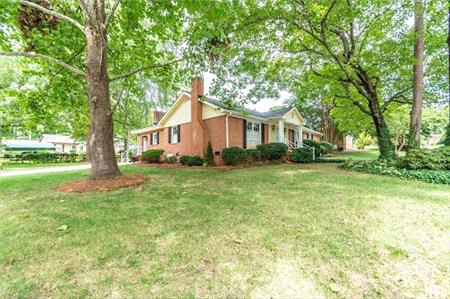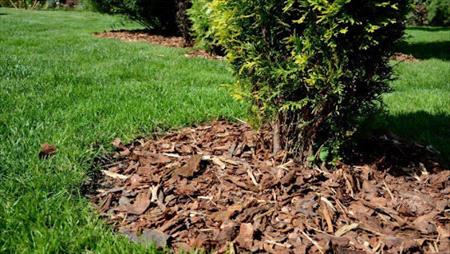Your Cart

Learn Your Lawn: Excessive Shade
Request a Quote
Due to the lack of sunlight, you might notice the grass in shaded areas of your property starting to thin. Most grass species require a certain amount of sunlight to grow and thrive. When an area is heavily shaded, reducing the amount of sunlight reaching the ground, it can cause the grass to grow more slowly or not at all. Shade can also cause an increase in relative humidity, carbon dioxide levels, and competition from tree roots, as well as a decrease in wind movement. All of these conditions can result in the grass becoming thin and spindly, leading to bare patches in the lawn. The best way to correct the problems resulting from a heavily shaded lawn is to correct the underlying condition: the shade. Here are some steps you can take: Prune Your Trees: Prune your trees regularly to reduce shade and increase air circulation, improving grass seed growth. Although canopy thinning alone will not solve most turfgrass growth problems, it’s a step in the right direction. Overseed: Overseed with a shade hardy seed mixture that is better adapted for growth in shaded areas, such as Fine Fescue or Tall Fescue. Raise Your Mow Height: Mow at a higher level in the shaded areas of your lawn. Never “scalp” the turf–meaning never remove more than ⅓ of the grass blades–as it could kill the turf, even if you do it only once. Change Your Groundcover or Landscaping: In some situations, you may need to rethink your turfgrass. For example, seeding may not be viable at the base of certain trees, such as Black Walnut or Silver Maple, which are toxic to grasses. A different kind of ground cover, landscaping, or mulch may provide better coverage in these shaded areas. WHY IS MY LAWN THINNING IN THE SHADE?
WHAT CAN I DO ABOUT THINNING AREAS OF MY LAWN?
 English (USA)
English (USA) Français (CANADA)
Français (CANADA)

